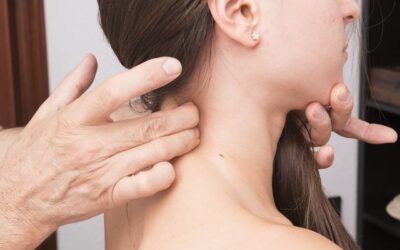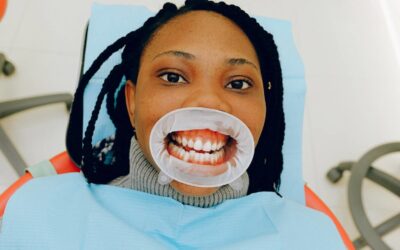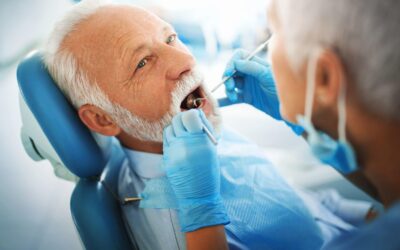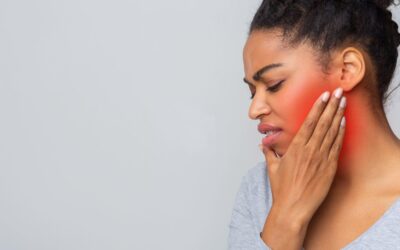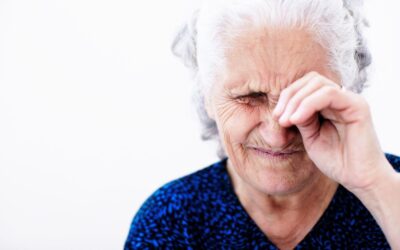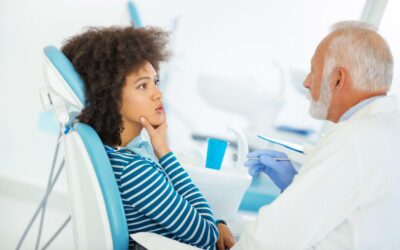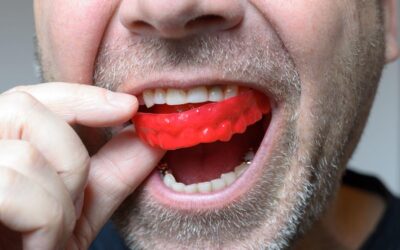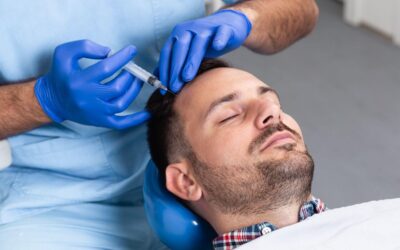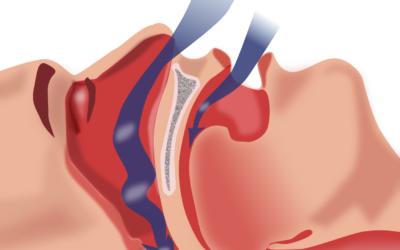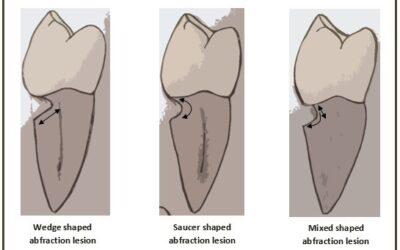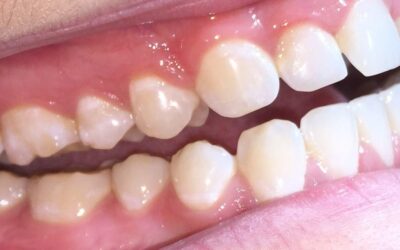What is a trigger point? A trigger point is due to sensitized sensory nerves within a taut band of a muscle that when squeezed generates local and referred pain. The cause of a taut band is a hyperactive motor nerve branch, which generates sustained contraction in the...
Dr. Glenn Clark
How to Administer a Gingival Cold Test
This test is utilized when you have a focal, intraoral, probable neuropathic pain disorder involving a branch of the trigeminal nerve with palpable gingival allodynia/hyperalgesia and no obvious, local dental pathology exists such as tooth fractures, periapical...
Proposed Mechanism and Treatment of Palatal Myoclonus
Myoclonus is a frequently observed hyperkinetic movement disorder, which is often classified according to its anatomical origin. [1] Palatal myoclonus is characterized by involuntary palatal contractions, causing clicking tinnitus due to the action of soft palate...
Mechanism and Treatment of Orofacial Motor Tics
Rather than a voluntary movement, a tic is a movement which relieves a voluntary urge, and this is the key characteristic which differentiates a tic from another movement disorder. Motor tics of the orofacial area include tongue protrusion, facial grimacing, blinking,...
Distance Education vs. Correspondence Courses
Not all online programs are the same. Let’s look at the definition of a correspondence course versus an eLearning experience. Why is the distinction important? While there has been no payment made by St. Mary-of-the-Woods College, the U.S. Department of Education’s...
Create an Asynchronous eLearning Experience in 4 Easy Steps
Before we cover the four steps for creating an asynchronous eLearning experience, here are three studies that demonstrate the benefits of using interactive video content in eLearning courses. The Effectiveness of Embedded Content as form of Active Learning The best...
How to Motivate Students: EPAs, Badges, and Experience Points
The final installment in the F.I.S.G.R. acronym for effectively teaching online is “R,” which stands for rewards. In general, the principle is that rewards do in fact motivate students. Before explaining badges and experience points, it is important to explain...
How to Use Guided Discovery Questions to Deepen Learning
Guided discovery means that the instructor creates questions and suggests resources for students to research and on which to report. These questions are typically given to students at the end of a lecture or following a patient case problem. The article, Student...
3 Best Practices for Creating an Interactive Course Manual
There are several pieces of circumstantial evidence that exist to support the idea that students don't read textbooks anymore. For example, Pearson, the largest publisher of educational textbooks has said they are phasing out print books and making all learning...
How to Increase Student Performance with Active Learning
In this installment of our series on effective online teaching, we will cover the basics of creating a recorded interactive lecture and an interactive course manual. In subsequent articles, we will explore the technology needed to do this. Our goal is to go well...
Teledentistry – Frequently Asked Questions
These FAQs were collected from a recent webinar on Telehealth & COVID-19 presented by the Herman Ostrow School of Dentistry with Dr. Glenn Clark, Professor Linda Brookman, Dr. Kamal Aleryani, and Dr. Steven Richeimer. What is Teledentistry in 2020? “Teledentistry”...
How to Teach Online Courses Effectively
I recommend five things that you should consider using if you want to teach interactively: focused lectures, interactive teaching, supplementation, guided and structured discovery, and rewards (F.I.S.G.R.) 1. Focused, Short, Up-to-Date Lectures The first letter is “F”...
Oral Motor Disorders: Hemi-facial Spasms
Secondary Masticatory Muscle Spasm Occasionally the jaw closers or jaw openers can develop a continuous strong spastic activity which if sustained for a long period of time, will actually produce contracture with substantial shortening of the muscle. Often this...
Understanding Oral Motor Disorders: Synkinesis
Synkinesis A variation of hemi-facial spasm is the motor abnormality called synkinesis. This disorder occurs after a viral or traumatic paralysis of the seventh nerve. The nerve injury produces sprouting and the new motor connections cause inappropriate motor...
Drug Induced Dystonic-type Extrapyramidal Reactions
There are patients who have developed a drug induced oral motor hyperactivity which does not fit into the dyskinesia category. [1] Some prescription medications and illegal drugs produce a motor response which is better classified as an unspecified extrapyramidal...
5 Ways to Treat Bruxism
Bruxism Definition Bruxism can be defined as nonfunctional jaw movement that includes clenching, grinding, clicking, and gnashing of teeth during sleep. Based on EMG recording of the jaw closers during sleep, there are two basic patterns of bruxism reported: (1)...
Chemodenervation Injections for Treating Oromandibular Dystonia
Chemodenervation Injecting Botulinum neurotoxin (BoNT) into the affected musculature has proved to be the most effective means of managing conditions such as cervical and oromandibular dystonia. [1] [2] Chemodenervation with BoNT has become the management modality of...
Surgical Management for Oromandibular Dystonia
Owing to the increased morbidity of surgery, it is usually reserved as a last resort for those patients that fail to respond to medications or for those that develop resistance to botox injections and there are several methods described in the literature. The surgical...
Treating Oromandibular Dystonia: Tricks & Medical Management
Management of oromandibular dystonia can be broadly divided into four domains: 1.) sensory tricks, 2.) medical management, 3.) chemodenervation using botulinum neurotoxin (BoNT), and 4.) surgical management. In this article, we explain the first two...
Hyperactive Oral Motor Disorders: Oromandibular Dystonia
Oromandibular Dystonia (OMD) Oromandibular dystonia (OMD) is a rare focal neurological disorder that affects mouth, face, and jaws, defined as an involuntary, repetitive, and sometimes sustained muscle contraction of the jaw and perioral muscles. Dystonia can be...
Introduction to Orofacial Movement Disorders
Movement disorders are a complex group of disorders spanning all aspects of neurological illnesses and range from conditions characterized by too little movement (hypokinesis) to those where movement is excessive (hyperkinesis) [1]. Movement disorders are...
The Dentist’s Guide: Obstructive Sleep Apnea & Sleep Disorders
Dr. Glenn Clark, DDS developed this content for his Systems Physiology, Sleep, Motor Disorders Course for Dental Residents of the Orofacial Pain and Oral Medicine master's program at the Herman Ostrow School of Dentistry of USC. Why is sleep a concern for dentists?...
Dental Erosion from Abrasion & Abfraction
What is dental abrasion? Unlike dental attrition, abrasion is the loss of tooth structure by mechanical forces from a foreign element. If this force begins at the cementoenamel junction, then the progression of tooth loss can be rapid since enamel is thin in this...
What is Dental Attrition?
The definition of dental attrition is the mechanical wearing of the incisal or occlusal surfaces of teeth as a direct result of functional or parafunctional tooth-to-tooth contact. The process is usually slow and rarely results in pulpal disease as secondary dentine...

